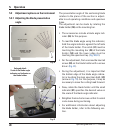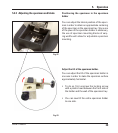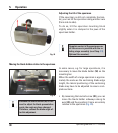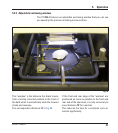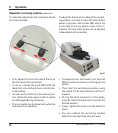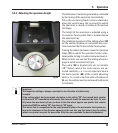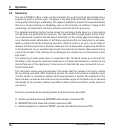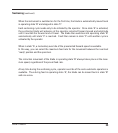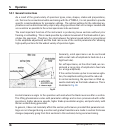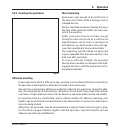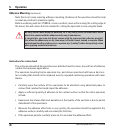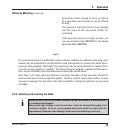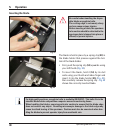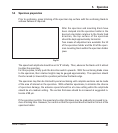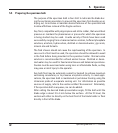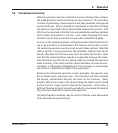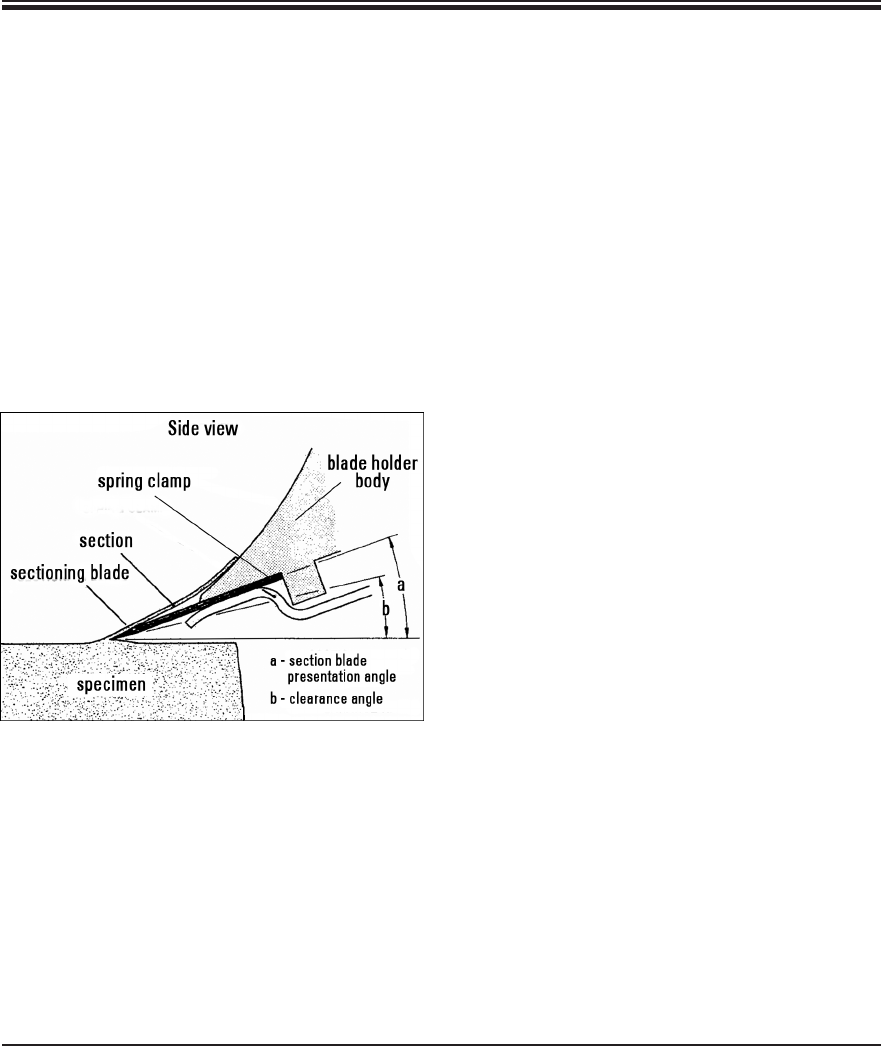
36
Operating Manual V 1.1 – 01/2010
As a result of the great variety of specimen types, sizes, shapes, states and preparations,
etc. that can be encountered while sectioning with the VT1000 A, it is not possible to provide
specific recommendations for parameter settings. The optimal settings for the individual ap-
plications can be determined only empirically using specimens that are no longer needed and
are as similar as possible to the actual specimens to be sectioned.
The most important function of the instrument is producing tissue sections without prior
freezing or embedding. This is made possible by a lateral movement of the blade while it pen-
etrates the specimen. Therefore, the ratio between the lateral speed (which is proportional
to the amplitude adjustment) and the feed rate is one of the central parameters for attaining
high-quality sections for the widest variety of specimen types.
Fig. 49
A small clearance angle to the specimen will exist when the blade reverses after a section.
This lifting phenomenon varies with parameter settings and is more pronounced with softer
specimens, higher advance speeds, higher blade presentation angles, and particularly with
thicker sections being generated.
In general, it does not materially affect the section performance provided that parameter set-
tings are not changed during a section and gradual transitions are made in section thickness
changes (especially going from thick sections to thin sections) during serial sectioning.
5.3.1 General instructions
Generally, solid specimens can be sectioned
with a small ratio of amplitude to feed rate (i.e. a
high feed rate).
For soft specimens, on the other hand, we rec-
ommend a large ratio of amplitude to feed rate
(i.e. a large amplitude).
If the section breaks up due to excessive agita-
tion, the amplitude setting should be reduced.
In normal sectioning, the specimen is lifted up-
wards elastically as the blade advances. This is
illustrated in Fig. 49.
5. Operation



